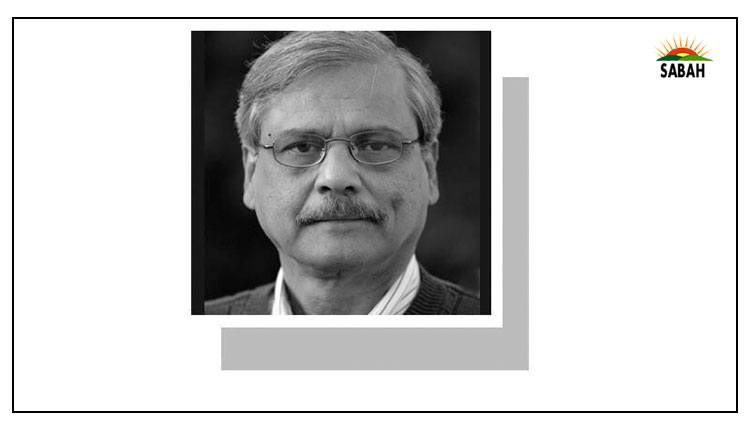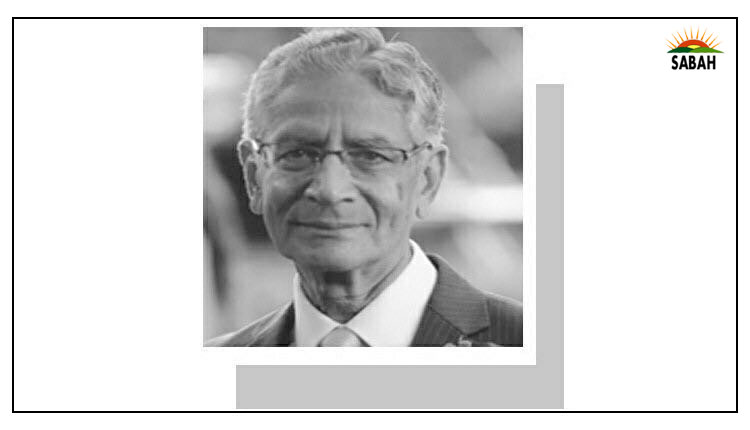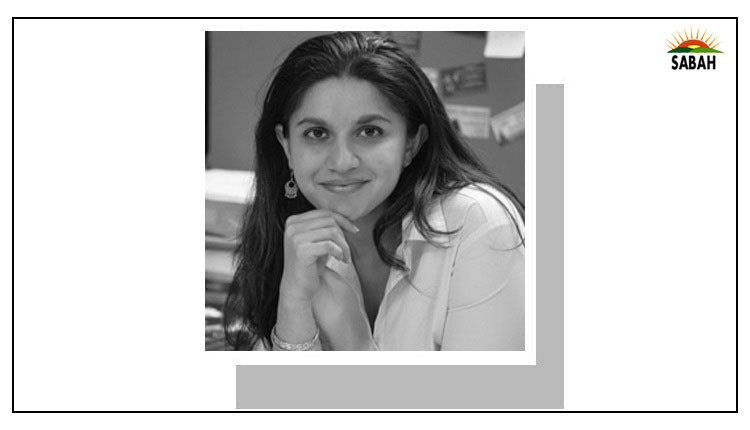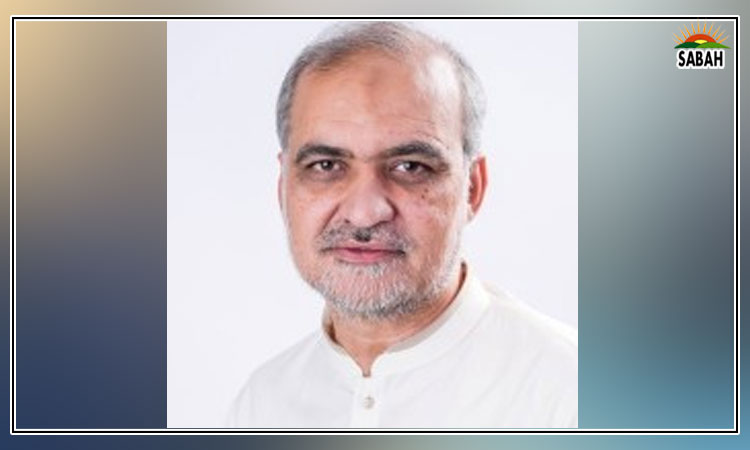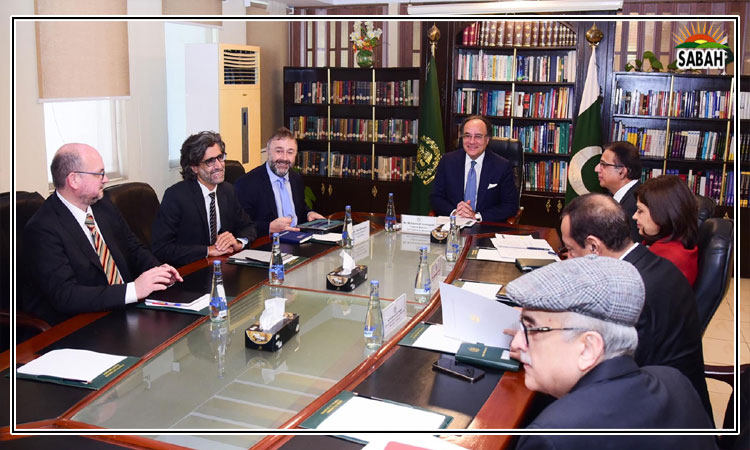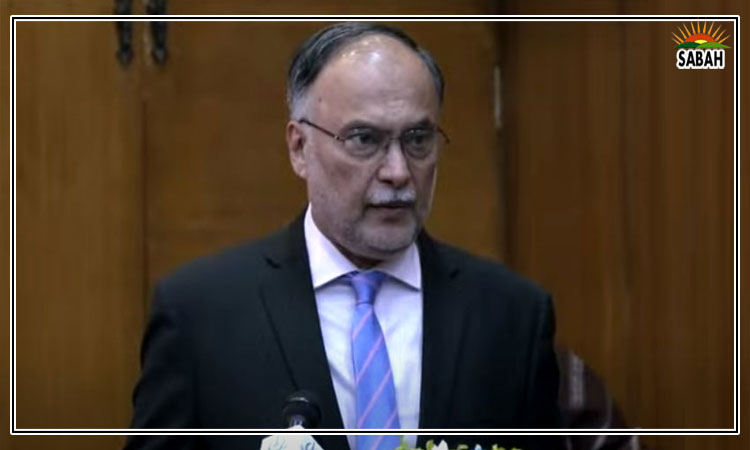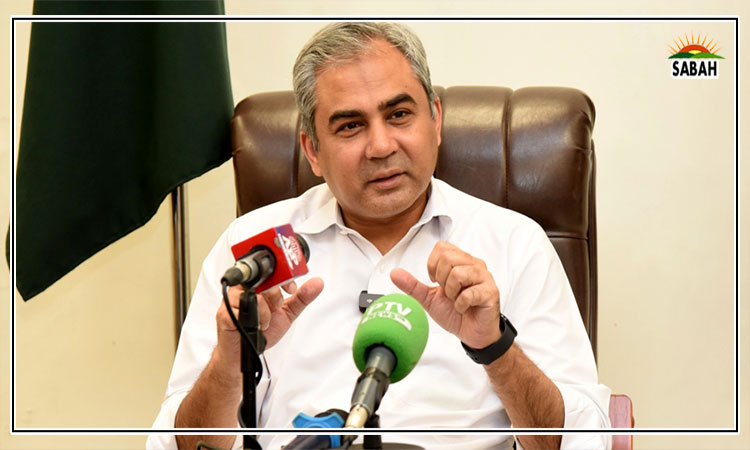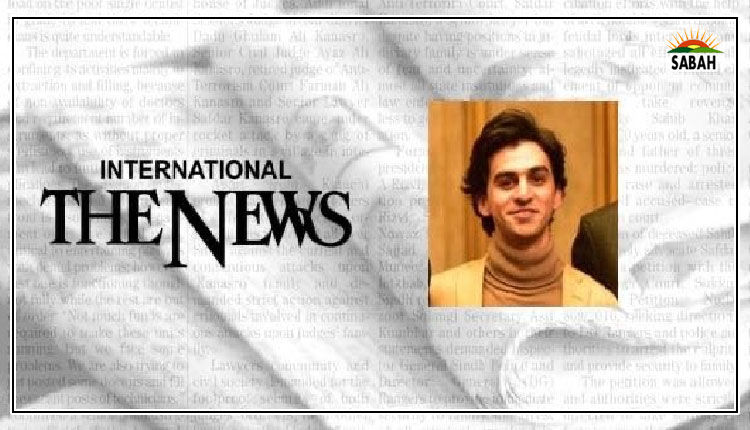Missing women… Hassan Hakeem
The 19-member cabinet of the newly elected government, which was formed on the heels of International Womens Day (March 8), has only one woman (that too not as a federal minister) Shaza Fatima Khawaja.
The limited presence of women in the cabinet reflects a broader issue of gender underrepresentation and the overall commitment to gender equality in the countrys political landscape. While the inclusion of a woman in the cabinet may be seen as a symbolic representation, the fact that she holds a junior ministerial role (while being more qualified than some of the cabinet members) raises questions about the governments commitment to substantive gender equality.
Meaningful representation involves not only the presence of women but also their active participation in decision-making. For instance, take the case of Shaza. Appointed as a state minister for information technology, she has been a party worker for over a decade. She is foreign-qualified, an eloquent speaker and a political thought leader. She also carries the honour of being a LUMS faculty member (2012-18), has served twice as an MNA, and performed her role as the general secretary of the Youth Affairs and Young Parliamentary Forum.
Exceptionally skilled in parliamentary business, she has led various remarkable legislative and non-legislative initiatives on commerce, trade, planning, development, finance, and human rights. What never ceases to amaze me is the utter gender discrimination in our country when it comes to appointing men and women in leadership roles.
While Shaza has broken the proverbial glass ceiling, she still faces the daunting challenge of not being positioned in a senior ministerial role, underscoring the persistent barriers that hinder womens progression to the higher echelons of political power in Pakistan.
As opposed to men, women often find themselves compelled to prove their capabilities twice as much to be acknowledged and entrusted with higher-ranking responsibilities.
Womens representation in the Punjab and Sindh governments is equally low: at 11.11 per cent. The Khyber Pakhtunkhwa government is not any better with only one woman in the cabinet (6.25 per cent representation), a stark contrast to its population gender ratio. The unfolding dynamics in the political landscape and the eventual inclusion (or lack thereof) of women in key leadership roles in provinces further shape the broader narrative on gender representation in Pakistans political sphere.
Gender inequality in political rights is evident; women have fought long and hard for their right to vote and hold public office. In Pakistan, the demand side of the equation shows that 9.65 million women of eligible age are unregistered as voters across the country (as of December 2023). Across the 266 demarked constituencies, women, who make up half of the population, remain largely excluded from the electoral process, mainly due to the male-driven gender regime in place.
Biases classified in terms of practices and tradition, political elite dynastic capture, male-dominated political party culture, and biased discourse reduce womens meritocratic consideration and substantive representation. Attitudes towards women political candidates are largely characterized by deep-rooted stereotypes, where political opponents use those labels to question womens competence.
The global community is increasingly recognizing the importance of gender equality in governance. Lack of diversity in leadership roles impacts Pakistans international image and adherence to international commitments, such as the Sustainable Development Goals, which emphasize gender equality and womens empowerment. Preventing gender discrimination by requiring equal treatment of men and women is important, but usually insufficient and can be debated. However, to achieve substantive equality, affirmative actions need to be followed by concrete, sustainable interventions.
In recent years, we have witnessed a trend in Pakistan where more women than ever before are participating in political activity. Although gains have been made, women remain traditionally underrepresented in the face of systemic challenges to taking up positions in the political and public spheres.
In defiance of the fact that Pakistan has had a woman prime minister twice and a woman speaker of the National Assembly, the first woman chief minister of Punjab, two women deputy speakers of the provincial assemblies of Balochistan and KP, a woman deputy speaker in the Gilgit-Baltistan (GB) Assembly, patriarchal notions of power-sharing and decision-making guide institutional structure at the level of family, community and state.
Major obstacles that women face in the context of political agency are stereotypical gender roles for women, male gatekeepers, irregularities in the electoral process, low economic dividends, and a disproportionate share of family and household responsibility.
By extension, the foundations of democracy and the exercise of democratic institutions are compromised by gender exclusion practices. The quality of democracys institutional architecture in Pakistan depends on whether it has a strong foundation of shared democratic values and inclusion.
Democratic values are more likely to flourish and endure when all segments of society are allowed free and equal participation. Allowing citizens agency to influence political outcomes without reprisal sets the basis of an inclusive and participatory democracy.
Courtesy The News




